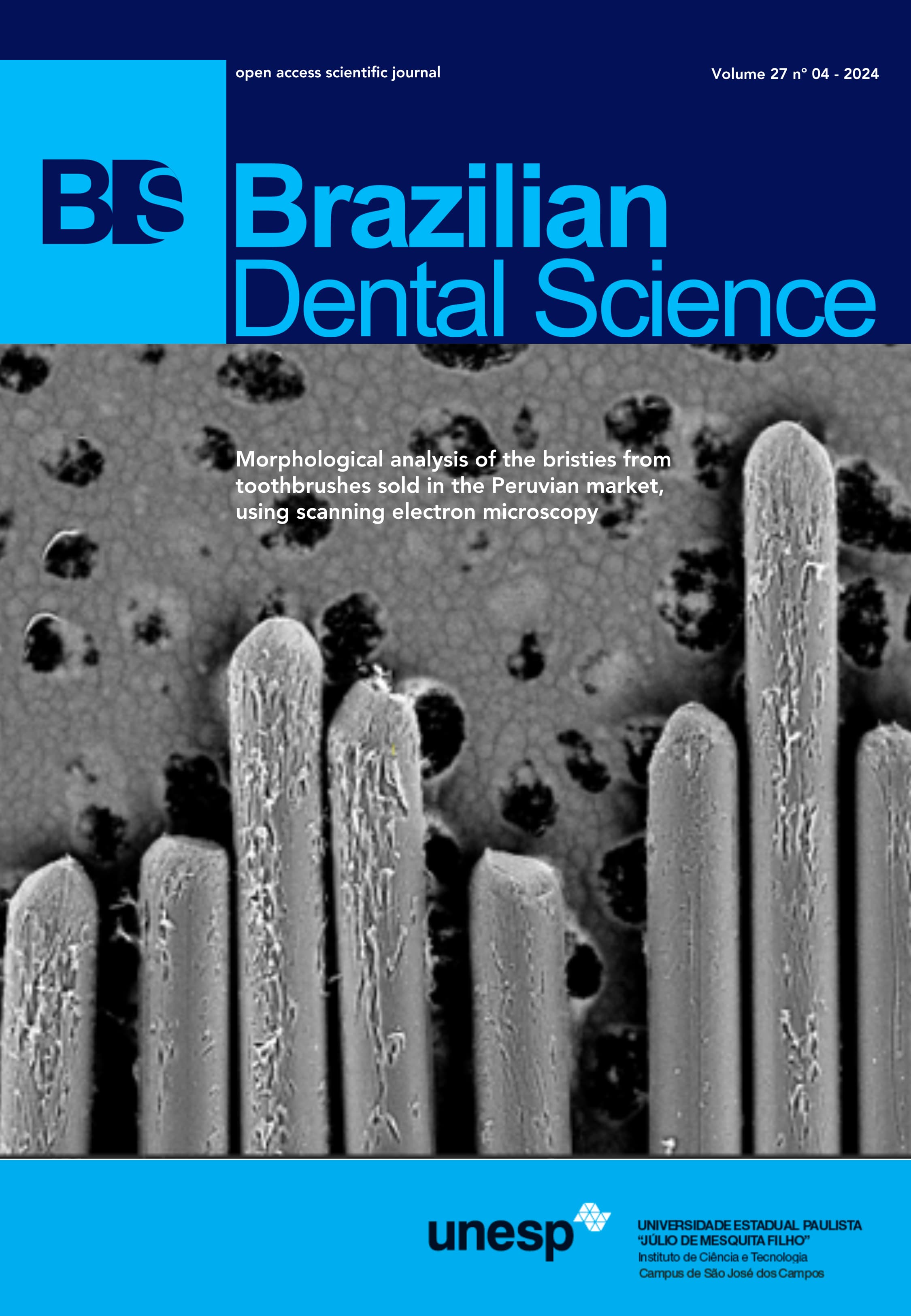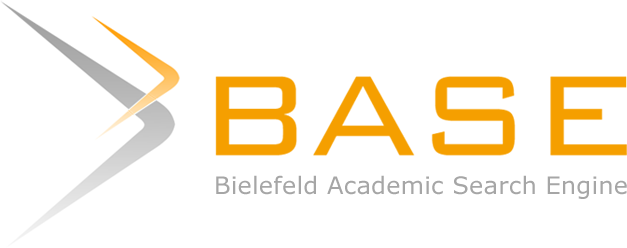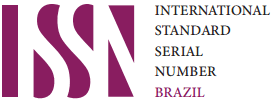Apical maladaptation in retrograde obturation depending on the obturator material
DOI:
https://doi.org/10.4322/bds.2024.e4570Abstract
Objective: This study aims to evaluate the apical disadaptation of retrofilling materials in retrograde obturation. Material and Methods: Forty-eight palatal roots of maxillary molars were instrumented using the step-back technique and filled using the single cone technique. After preparation and filling, the roots were embedded in resin, leaving 2 mm of the apex exposed. A 2 mm apicoectomy was performed on the root apices, and retro-preparation was carried out using a diamond-coated ultrasonic tip (S12 900D). The groups were then divided based on the retrograde filling material: MTA Group - retrograde filling with MTA; S26 Group - retrograde filling with Sealer 26. After completing the retrograde fillings, the roots were immersed in deionized water for 72 hours at 37°C to allow the materials to set. The root blocks were dried, sputter-coated, and analyzed under a scanning electron microscope to obtain images at 50x magnification. The photomicrographs of each root were digitized, and the total area of apical disadaptation was measured using the Image Tools software. Data were analyzed using the Mann Whitney test with a significance level of 5%. Results: There was no significant difference in disadaptation between the different types of materials. Conclusion: The type of obturation material did not affect apical disadaptation in retrograde fillings.
KEYWORDS
Apicoectomy; Endodontics; Retrograde obturation; Root Canal Filling Materials; Tooth apex.
Downloads
Published
How to Cite
Issue
Section
License
Brazilian Dental Science uses the Creative Commons (CC-BY 4.0) license, thus preserving the integrity of articles in an open access environment. The journal allows the author to retain publishing rights without restrictions.
=================




























